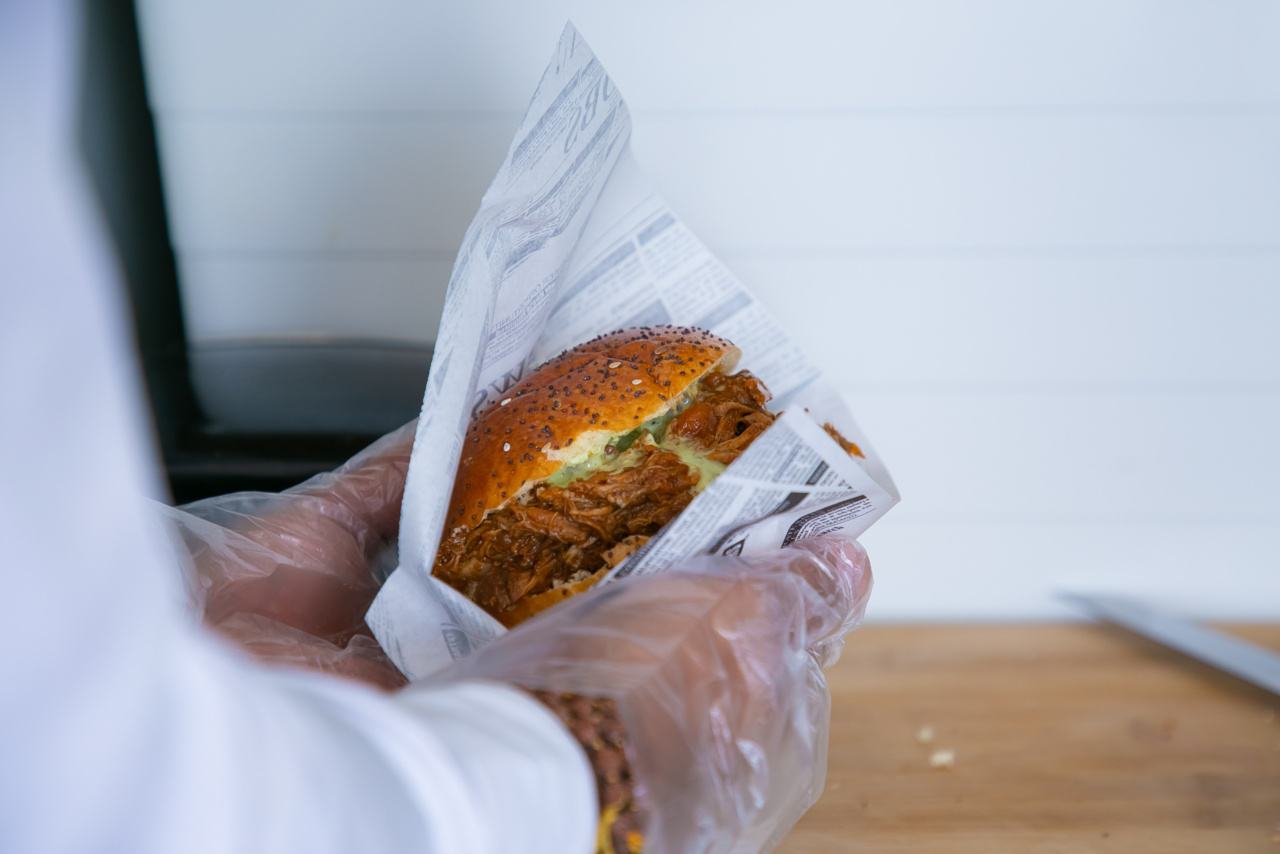Meat is a popular source of protein and essential nutrients in many diets around the world. However, the way meat is cooked can greatly affect its nutritional value and health implications.
While meat can be a part of a healthy diet when prepared correctly, certain cooking methods can increase the risk of developing hypertension, also known as high blood pressure. In this article, we will explore some of the unhealthy ways to cook meat that can lead to hypertension and discuss alternatives for healthier cooking methods.
Frying
Frying meat is a common cooking method that involves submerging it in hot oil or fat. While frying can enhance the flavors and create a crispy texture, it can also introduce a significant amount of unhealthy fats into the meat.
Consuming these unhealthy fats regularly has been linked to an increased risk of hypertension and other cardiovascular diseases. The high heat during frying can also lead to the formation of harmful compounds such as advanced glycation end products (AGEs) and heterocyclic amines (HCAs), which further contribute to the development of hypertension.
Grilling Over High Heat
Grilling meat over high heat, especially when it involves direct contact with flames or charcoal, can be detrimental to your health.
The intense heat from grilling can cause the fat in the meat to drip onto the heat source, resulting in the formation of harmful smoke and flare-ups. These reactions can lead to the production of polycyclic aromatic hydrocarbons (PAHs) and HCAs, which are known carcinogens.
Regular consumption of grilled meat cooked using this method has been associated with an increased risk of hypertension and other chronic diseases.
Deep Frying
Deep frying involves completely submerging meat in hot oil, often necessary to cook certain cuts of meat thoroughly. However, this cooking method should be avoided due to its detrimental effects on cardiovascular health.
Deep-fried meat absorbs a significant amount of oil during cooking, which leads to a high intake of unhealthy fats. The excess consumption of these unhealthy fats has been associated with obesity, high cholesterol levels, and an increased risk of hypertension.
Processed and Preserved Meats
Processed and preserved meats, including sausages, bacon, hot dogs, and deli meats, are often high in sodium and unhealthy fats.
These products go through various curing, smoking, and salting processes, which can lead to the formation of harmful compounds like nitrosamines. Regular consumption of processed and preserved meats has been linked to an increased risk of hypertension, as well as other health conditions including heart disease and certain types of cancer.
Marinating in Sugary Sauces
Marinating meat in sugary sauces or glazes is a common practice to enhance flavor and tenderness. However, many commercial marinades and sauces contain high amounts of added sugars, which can have detrimental effects on health.
Excessive consumption of sugar has been associated with obesity, diabetes, and an increased risk of hypertension. When sugar is exposed to high heat during cooking, it can also lead to the formation of harmful compounds like acrylamide, which has been linked to cancer.
Overcooking
Overcooking meat, especially at high temperatures, can be harmful to your health. When meat is subjected to prolonged cooking times or high heat, it can lead to the formation of AGEs.
These compounds have been associated with inflammation, oxidative stress, and an increased risk of hypertension. To minimize the formation of AGEs, it is recommended to cook meat using moist heat methods such as stewing, braising, or slow cooking.
Charred or Burnt Meat
Consuming charred or burnt meat can also increase the risk of hypertension and other health problems. When meat is excessively charred or burnt, it can lead to the formation of PAHs and HCAs, which are known to be carcinogenic.
Furthermore, the blackened areas of charred meat contain harmful substances that can trigger inflammation in the body, contributing to the development of hypertension. It is advisable to avoid consuming charred or burnt meat and to trim off any excessively burned parts.
Using Processed Meat Seasonings
Many commercially available meat seasonings and rubs are high in sodium and unhealthy additives. These seasonings often contain monosodium glutamate (MSG), a flavor enhancer that can lead to an increase in blood pressure levels.
Excessive sodium intake can have a detrimental effect on cardiovascular health and increase the risk of hypertension. Therefore, it is recommended to opt for homemade seasonings using herbs, spices, and natural flavorings to reduce sodium intake and enhance the taste of the meat.
Not Trimming Excess Fat
Leaving excess fat on meat before cooking can lead to an increased intake of unhealthy fats and calories.
Consuming high amounts of saturated fat, trans fat, and cholesterol, which are found in animal fat, has been linked to an increased risk of hypertension and cardiovascular diseases. To minimize the intake of unhealthy fats, it is important to trim the visible fat from meat before cooking. Choosing lean cuts of meat or opting for skinless poultry can also help reduce fat and calorie intake.
Alternatives for Healthier Meat Preparation
While the above cooking methods may increase the risk of hypertension and other health problems, there are alternative and healthier ways to cook meat:.
1. Steaming: Steaming meat helps retain its natural flavors and nutrients without the need for added fats or oils. This method also helps minimize the formation of harmful compounds.
2. Poaching: Poaching involves cooking meat in liquid at a low temperature. It is a gentle cooking method that helps retain the moisture and tenderness of the meat.
3. Baking or Roasting: Baking or roasting meat in an oven can be a healthier alternative to frying or grilling. By using a rack, excess fat can drain away, reducing the overall fat content of the cooked meat.
4. Stir-frying: Stir-frying involves cooking meat quickly over high heat and with minimal oil. This method helps retain the meat’s nutrients while keeping the fat content low.
5. Sous Vide: Sous vide is a cooking technique that involves vacuum-sealing meat and cooking it in a water bath at a precise and controlled temperature.
This method helps retain the natural flavors and tenderness of the meat without the need for added fats or oils.
6. Using herbs and spices: Flavoring meat with herbs, spices, and natural seasonings can enhance its taste without the need for excessive salt, sugar, or unhealthy seasonings.
By adopting these healthier cooking methods, you can reduce the risk of developing hypertension and other health problems associated with unhealthy meat preparation.





























